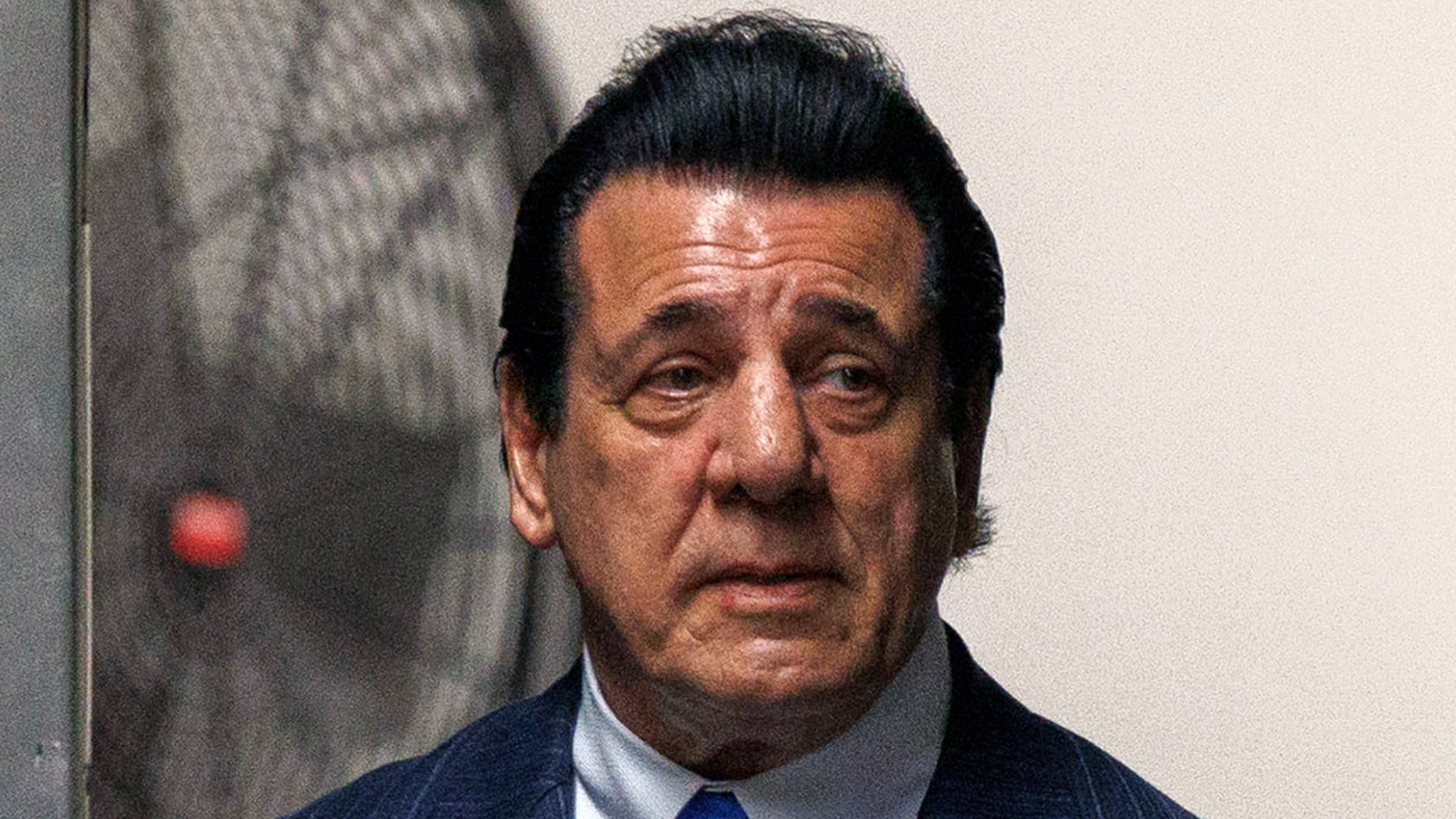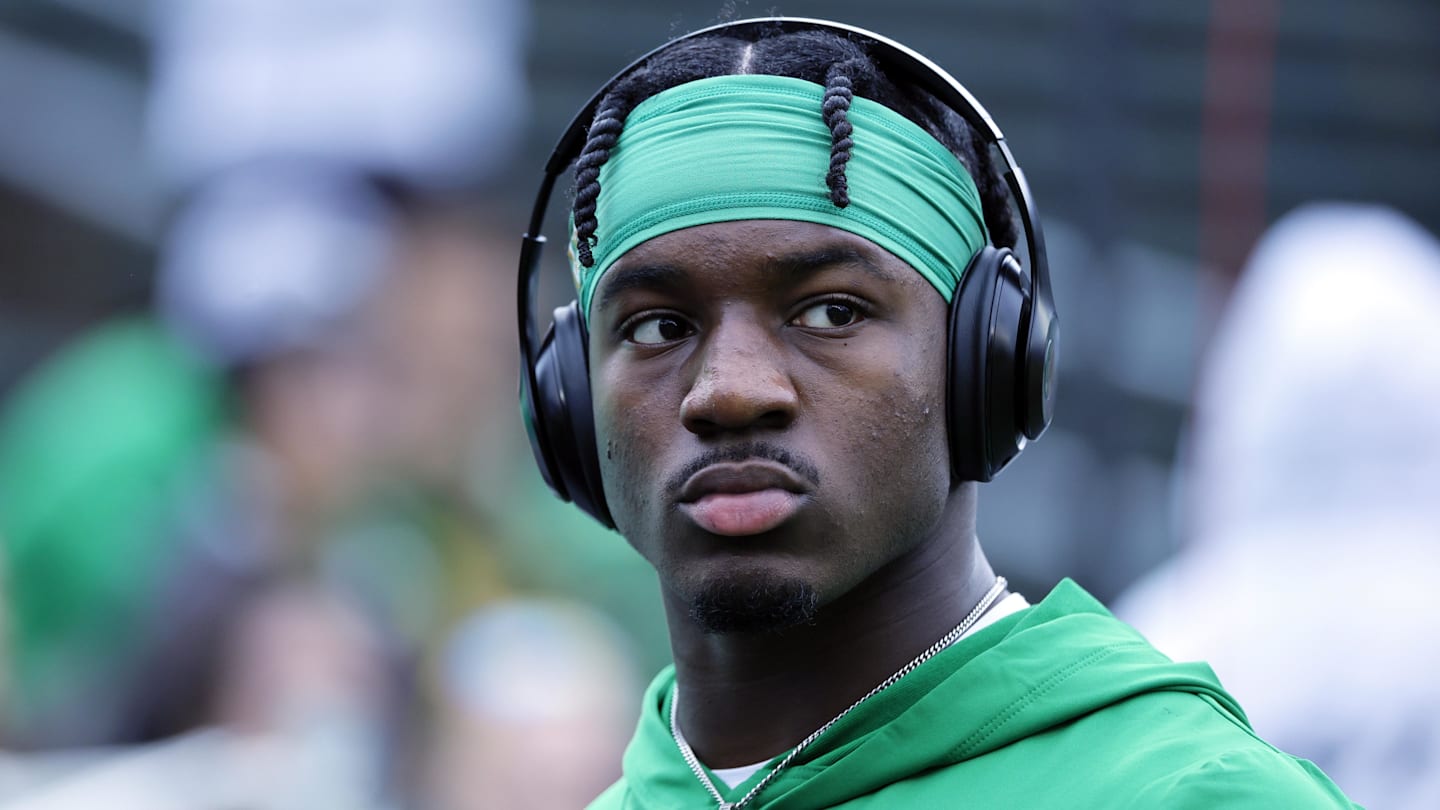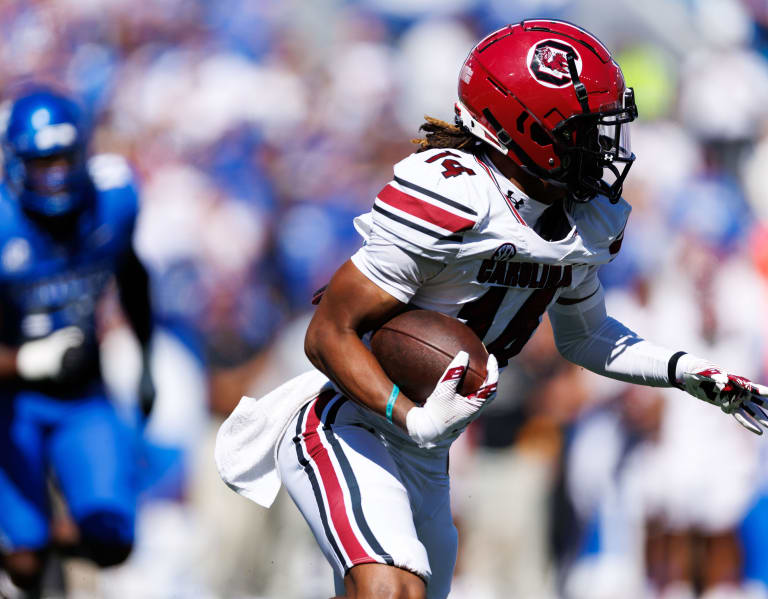Lifestyle
Beer before liquor? Busting 6 popular myths about hangovers

Is there a way to prevent the unpleasant symptoms that come with a heavy night of drinking? Experts weigh in on common hangover myths.
Photo illustration by Becky Harlan/NPR
hide caption
toggle caption
Photo illustration by Becky Harlan/NPR
Hangover cures are a dime a dozen. Guzzle a few raw eggs. Take an aspirin before bed. Chug a beer in the morning.
These remedies promise to banish some of the nasty symptoms that can come with drinking way too much alcohol: headache, nausea, vertigo, anxiety — or all of the above.
But is there truth to any of these claims? Unfortunately, no, says Dr. Ryan Marino, a medical toxicologist and an emergency physician at University Hospitals Cleveland Medical Center. “I wish there was some magic drink everyone could have, but there isn’t.”
The only surefire way to prevent a hangover is to abstain from drinking, he says. And once you have a hangover, the only thing that will get you over it is time.

If you plan to drink alcohol and want to reduce potential symptoms, practice moderation, he says. That means limiting your alcohol intake to one drink a day or less for women, and two drinks a day or less for men, according to the Department of Health and Human Services.
Experts break down the science behind six common hangover myths — and explain how alcohol affects your body.
Myth: All hangovers are the same.
The symptoms and severity of your hangover — like your alcohol tolerance — depends on many factors, says Marino. That includes age, weight, gender, ethnicity, family history, nutritional status, smoker status, mood, health conditions or whether you’re taking any medications.
“Your hangover is going to be different from everyone else you know,” he says. For example, while one person might experience headaches and vomiting after just one drink, another might throw back whiskey gingers all night and wake up feeling tired but otherwise unscathed.

In fact, some people may not experience any symptoms. According to one study, about 25% of people who drink to intoxication don’t have hangovers at all.
The length of hangovers can also vary. They can last 24 hours or longer depending on how much you drank, according to the National Institute on Alcohol Abuse and Alcoholism.
Myth: You can prevent a hangover by drinking water or using hydration supplements.
Alcohol increases urine production, so it’s true that dehydration can often contribute to the hurt of a hangover.
But that’s only one symptom of over-imbibing, says Marino. Drinking can cause inflammation, gastrointestinal irritation, disrupted sleep and low blood sugar. It also exposes you to acetaldehyde, a toxic byproduct produced when your body metabolizes alcohol, that can damage your cells and tissues.
Don’t expect products like sports drinks, vitamin-infused patches or hydration packets to work any miracles before or after a night on the town, says Marino. While they may keep you hydrated, they likely won’t address any other hangover symptoms.
But drinking water or other hydrating beverages during a night out is still a good idea, he says. It can help you practice moderation and remind you to space out your drinks.
Myth: A “hair of the dog” can stop a hangover in its tracks.

Some people say that that consuming another drink will cure your hangover. In reality, you’re just delaying any negative symptoms that may arise when the alcohol leaves your system, says Dr. Ryan Marino, a medical toxicologist and an emergency physician.
Photo illustration by Becky Harlan/NPR
hide caption
toggle caption
Photo illustration by Becky Harlan/NPR
Some people think that a “hair of the dog,” an alcoholic beverage consumed the morning after a night of heavy drinking, can help cure a hangover.
It may offer some temporary relief by raising your alcohol levels and masking symptoms like jitteriness or anxiety, says Marino. “But your hangover is just going to be pushed down the road.”
A hangover can be a mild form of alcohol withdrawal, according to the NIAAA. Hangover symptoms peak — and likely, feel their worst — when the body’s blood alcohol concentration returns to zero.
Eventually, that bloody mary you had at brunch will leave your system, and you’ll have to deal with the aftermath. You’re not doing yourself any favors by piling on, says Marino.
Myth: Beer before liquor, never been sicker. Liquor before beer, in the clear.

The severity of your hangover does not depend on the order of drinks you consume, says Marino.
Photo Illustration by Becky Harlan/NPR
hide caption
toggle caption
Photo Illustration by Becky Harlan/NPR
Some people swear by this adage. But in general, it’s not the order of alcohol that determines the severity of your hangover, says Marino. It’s how much you consume.
You’re likely to drink more alcohol in a shorter amount of time if you kick off your night with hard liquor, he says. It makes you inebriated faster — and you may feel inclined to drink more than you would slowly sipping a beer.
Some kinds of liquors may make hangovers more unpleasant. According to research, dark liquors like bourbon and brandy contain higher levels of congeners, or the chemicals produced during the fermentation process that give an alcohol its distinctive taste, smell and color. Generally speaking, the more congeners an alcohol has, the worse the hangover is likely to be.
Myth: Taking painkillers before bed can help you get ahead of hangover symptoms.
While it’s a common practice to reach for over-the-counter pain relievers to try and minimize your headache in the morning, Marino says you could potentially do a lot more harm than good.
Consuming just one alcoholic drink a day with non-steroidal anti-inflammatory drugs like Advil, Aleve or aspirin can increase your risk of gastrointestinal bleeding by 37%, according to the NIAAA.
When you combine alcohol with drugs containing acetaminophen, like Tylenol, you run the risk of liver damage, according to the NIAAA. Ingesting too much of one or both substances can be toxic to the liver. For that reason, the Food and Drug Administration advises against drinking when taking any medicine that includes acetaminophen.
If you’re taking any type of medication, proceed with caution, says Marino. “Even if your medication doesn’t have a label that says ‘Do not take with alcohol’, that doesn’t mean you can’t be affected.”
Myth: Hangover symptoms are physical.

While alcohol can initially have a calming effect, for many people it has the opposite effect once it starts to leave your system, says Dr. Nzinga Harrison, a physician specializing in psychiatry and addiction medicine.
Photo illustration by Becky Harlan/NPR
hide caption
toggle caption
Photo illustration by Becky Harlan/NPR
It can also affect your mental health. Drinking too much can make you feel overwhelmed, irritated or on edge. And there’s a term for it that’s been trending on social media: “hangxiety.”
While alcohol can initially have a calming effect, your body can rebound as it leaves your system, causing a surge in adrenaline, a racing heartbeat or feelings of worry or stress, says Dr. Nzinga Harrison, a physician specializing in psychiatry and addiction medicine.
It’s a tricky symptom to identify. You can experience hangxiety after even just one drink, says Harrison. And “it can come before physical symptoms or without physical symptoms at all.”
To combat hangxiety, Harrison suggests doing activities to bring down your adrenaline levels, like mindfulness and meditation, and bring up your dopamine — like spending time with friends and getting lots of sunshine.

And while the only way to fully prevent hangxiety and hangovers is to abstain from alcohol, she says it helps to go into social situations in the best possible headspace. Before you go to that party, drink water, eat well and make sure you’re surrounded by people who make you feel positive and connected.
“All of that biologically and psychologically may not prevent the hangxiety entirely, but will decrease the severity of the hangxiety,” says Harrison.
A quick note: If alcohol is causing you stress or harm, seek medical advice. There are a variety of treatments, including counseling, medications and support groups, to help people who want to end that dependency. This includes Alcoholics Anonymous, which has helped countless people. This NIAAA guide can help you find a program that’s right for you.
The digital story was edited by Malaka Gharib. The visual producer is Beck Harlan.
Want more Life Kit? Subscribe to our weekly newsletter and get expert advice on topics like money, relationships, health and more. Click here to subscribe now.

Lifestyle
'I got lonely': Why a 21-year-old theater major built an escape room in his UCLA dorm

“Code Green” has the trappings of a modern escape room.
We enter what we are told is a hidden bunker-turned-research lab. It’s dark, but there are clearly challenges that surround us: patterns in the walls, a cork board filled with notes and images connected by string and, before us on what appears to be a concrete table, a small puzzle board with many of its twisted pieces — something akin to strange, otherworldly tools — missing.
The trend today is escape rooms with a heavy narrative — see “The Ladder” from L.A.’s Hatch Escapes, a multidecade corporate mystery — and “Code Green” is cognizant of this. In the game, the year is 2085, aliens have invaded Earth and an important researcher has gone missing. We are to explore her secret scientific hideaway and find out what happened to her. Oh, and this bunker is flooded with radiation that can mutate us. We need to find a way to turn that off.
But it soon becomes apparent that “Code Green” is not a typical escape room. The walls? Cardboard, with paper bricks taped onto them. The low ceiling? It’s made of construction paper. Hanging blankets create the boundaries of the space. If you pull them apart, you’ll find yourself in a cluttered nook where a desk rests atop a bunk bed next to a wall filled with posters, including one of musician Andrew Bird.
The escape room industry has exploded over the last decade, with an estimated 2,000 facilities in the U.S., according to a 2023 industry report from Room Escape Artist, an enthusiast site that maintains a running database of every known room in the country.
But “Code Green” is not one of them, for “Code Green” is built inside a dorm room on the UCLA campus by 21-year-old Tyler Neufeld, a theater major with a specific interest in design. It’s cozy: Four people can’t navigate the space without constantly moving around one another. Yet for the past eight months, Neufeld, a Bakersfield native, has been running the free “Code Green” escape room for fellow students and their friends while juggling 22 units, his role as a resident advisor and a part-time job as an office assistant. On a recent Sunday, he hosted three 60-minute games.
When I visit on a Wednesday evening, the bespectacled Neufeld is nervous. He stresses that “Code Green” is intended for students only, with sign-ups done via an online spreadsheet. Participants, he says, need a UCLA email address. Though he isn’t hiding the escape room — he says his resident advisor office and teachers know about it and he posts “Code Green” availability updates on his “Dorm Scapes” Instagram — it hasn’t been officially sanctioned by the school. He’s aware that press attention may bring it to a halt (a spokesperson for UCLA did not return requests for comment).
UCLA student Tyler Neufeld gives a tour of his escape room, which he built inside his dorm room. Neufeld lives alone as a resident advisor and is scheduled to graduate in June.
(Wally Skalij / Los Angeles Times)
But after a moment, he shrugs, and says, “It’s worth it,” clearly wanting some recognition for what he has built.
“What happens if they shut us down? It’s fine. We made it this far,” adds Michaela Duarte, 26, a fellow theater major who has done some production design on the space.
While Neufeld’s escape room has helped expand his social circle, attracting attention from students like Duarte who want to work in the intersection between theater and theme parks, perhaps there’s also a bit of a thrill of running something of near professional quality out of a dorm room.
Most of “Code Green’s” brainteasers are text-based — a note in a research book may lead us to a cipher challenge, which in turn will reveal a map, which is actually a code to decipher the hidden pattern of the taped-on cardboard bricks. Remove the right one, and find another note.
Neufeld, or one of his friends, serves as a “game master,” hiding in the closet pretending to do alien research while offering hints, which can be verbal or written on the backside of a TV monitor propped up with cardboard.
Neufeld estimates he built the room for less than $100, and it’s constructed entirely out of found or trashed objects. “I have experience from student theater, where they give you zero dollars,” he says. “I wanted to think of what I had and what was passable. I didn’t want to to go too sci-fi, like being in a spaceship. That would look bad. But I can do stone. I can do brick. That’s not hard. It’s just time-consuming.”
Spend a little time playing “Code Green” and you’ll detect additional giveaways that this is a dorm space. That concrete slab of a table we see when we first enter? That’s actually Neufeld’s fridge, filled not with clues but with items such as oat milk. (Duarte affixed painted styrofoam to the refrigerator’s body, giving it an aged metal-like sheen.) Same with the dresser, although Neufeld noticed people couldn’t help digging through his clothes, so there are in-story notes in there.

Some puzzles in “Code Green” are visible only under blacklight.
(Wally Skalij / Los Angeles Times)
“Honestly, they’re in here because I don’t have anything else to put in the drawers, and I wouldn’t want the drawers to be empty,” Neufeld says of keeping his clothes accessible to guests. “It’s the same way I’m playing with the fridge. It’s very campy. … We all know this is a dorm room. No need to go for 100% immersion when you can have a little bit of fun.”
Scenic designer Andy Broomell, a lecturer at UCLA who teaches Neufeld in one of his drafting classes, heard about “Code Green.” “My first reaction was, ‘I would love to do it,’” he says, although he notes that’s not possible, citing the ethics of visiting students in their places of residence.
“I thought it was exciting, and more than anything, I love when a student will take on their own project and do something they’re passionate about,” Broomell says.
“Code Green” has evolved significantly since it began in a prior semester, and Neufeld, who graduates in June, is getting ready to move on. He’s got his second dorm escape room, for next semester, in the planning stages. He’s plotting something more lighthearted: a heist game involving squirrels.
Neufeld says the idea to build an escape room in his dorm came to him in the middle of the night, but also it was born out of that solo resident advisor life: “I got lonely,” he says.
“It was really one of those 2 a.m. ideas. I thought, ‘I have to do this.’ I can’t let this opportunity pass me by. Basically, this is a free room — yes, I’m working as a [resident advisor] to get this space — but if I were to rent a space after college, I think it would be a lot harder. That very night, it was 2 a.m., and I just started blocking it out,” Neufeld says.

UCLA student Tyler Neufeld wonders if there’s a future in murals that double as puzzles. Here he’s standing next to his “Don’t Bring Your Zombies to Work” piece, a series of painted challenges he created in a dormitory stairwell.
(Wally Skalij / Los Angeles Times)
It’s safe to say “Code Green” has helped Neufeld find his tribe. For L Siswanto, 21, an education major who assists Neufeld in running games, the room was an opportunity to explore a passion.
“I’m very interested in escape rooms,” Siswanto says. “I’ve only gone to a few IRL because they’re so expensive, but I had a phase where I obsessed with playing every escape room I could on [Apple’s] App Store. So when I saw there was a free escape room and they were looking for members to help out, I was like, ‘Wow. I love this type of stuff.’”
A total of 10 students are now contributing, either by spiffing up the production or maintaining the Instagram account. Duarte joined the project partly inspired by Neufeld’s conviction, impressed that he never talked himself out of something potentially illicit or left-of-center.
“When Tyler had the idea of building an escape room in his dorm, [I thought,] that’s crazy,” Duarte says. “But it’s really cool and exciting and inspiring. I want to surround myself with people who are interested in the same things that I am, and have the tenacity and confidence to just do it.”

“Code Green” helped UCLA student Tyler Neufeld, center, find his tribe. He now has about 10 people helping out on the escape room, including Michaela Duarte, left, and L Siswanto.
(Wally Skalij / Los Angeles Times)
There are times Neufeld admits he wishes he had his full dorm room back, such as when he has to crawl under hanging cardboard to reach his bed, but his entrepreneurial brain is also firing. He wonders if there’s a career possibility in creating puzzle murals, perhaps for bars or coffee shops. (He has one of those too, painted in a stairwell of a nearby dormitory and titled “Don’t Bring Your Zombies to Work.” It’s self-guided, meaning no need for a game master, and is a separate entity from “Code Green.”)
What’s more, building the escape room has ignited a passion for crafting environments, and he hopes for a career in the theme park industry. It’s also expanded his definition of theater.
“It’s basically a one-hour, one-act play,” Neufeld says. “But the set is all around you and the audience are your actors. It’s an extension of theater.”
Neufeld is in the process of fine-tuning a Zoom-based edition of “Code Green,” hoping the video conferencing service could help expose it to nonstudents. But despite the on-campus interest it’s garnered, living in a dorm as a resident advisor is keeping him humble. Neufeld laughs when asked what his neighbors think, revealing he tried to recruit his housing peers to come play via a post on a social media app. “I put it in the floor GroupMe, and it got zero likes,” he says.
Escaping the realities of modern life, it turns out, isn’t as easy as building your own escape.
Lifestyle
Drake accuses Universal Music Group and Spotify of unfairly promoting Kendrick Lamar's 'Not Like Us'

Drake poses at the Billboard Music Awards in Las Vegas on May 1, 2019.
Richard Shotwell/Invision/AP
hide caption
toggle caption
Richard Shotwell/Invision/AP
Drake has filed a petition against Spotify and Universal Music Group, accusing the companies of conspiring to inflate the streaming and radio numbers of Kendrick Lamar’s “Not Like Us” amid the rappers’ monthslong feud.
Drake says in the petition, filed in the New York court system, that UMG paid influencers, radio stations and others to promote the song and use bots to increase the song’s popularity.
He references the companies’ multi-year licensing agreement, and says they have “a long-standing, symbiotic business relationship” in which UMG charged Spotify a licensing fee 30% less than usual for “Not Like Us.” In exchange, Spotify frequently recommended the song to users, he says.
Drake and Lamar are two of the biggest names in the rap genre, with several number one hits and Grammys between them. They both have record label deals under UMG and collaborated a few times in the past.

Drake claims UMG engaged in similar practices with other streaming platforms, such as Apple Music. For example, when users asked Siri to play his album Certified Lover Boy, it played “Not Like Us” instead. He also says UMG fired employees “with or perceived as having loyalty to Drake.”
Spotify and UMG were not immediately available for comment.
Though, UMG said in a statement cited by the Associated Press that the “suggestion that UMG would do anything to undermine any of its artists is offensive and untrue. We employ the highest ethical practices in our marketing and promotional campaigns. No amount of contrived and absurd legal arguments in this pre-action submission can mask the fact that fans choose the music they want to hear.”
It is unclear what provoked the conflict between the two, but earlier this year they both released several songs filled with jabs and insults aimed at the other. The pinnacle of the exchanges was Lamar’s “Not Like Us,” which spent two weeks at number one on the Billboard Hot 100 and has more than 900,000 streams on Spotify.

Before filing a complaint, which would turn Drake’s accusations into an official lawsuit, Drake is requesting discovery that includes the identities of the people UMG and Spotify allegedly paid to promote and stream the song.
“Every time a song ‘breaks through,’ it means another artist does not,” he says in the petition. “UMG’s choice to saturate the music market with ‘Not Like Us’ comes at the expense of its other artists, like Drake.”
Lifestyle
Chuck Zito Arrested in New York For Illegal License Plate

Famed Hells Angels biker Chuck Zito was arrested, fingerprinted and posed for a mug shot in NYC — and it was all because his vehicle had an illegal license plate.
Waiting for your permission to load the Instagram Media.
In an Instagram post Monday, Zito angrily wrote that he was pulled in his vintage 1968 Chevelle SS by NYPD patrol cars while traveling on a highway in The Bronx as he headed to a store on Long Island.

Zito says a female officer informed him his Florida license plate was illegal, but Chuck claims he showed her his car registration and insurance card, which matched up to the plate.
NYPD tells TMZ … upon inspection, Zito was in possession of a forged license plate and was arrested for possession of a forged instrument.
Chuck says he was hauled away to the 45th Precinct stationhouse in the Throggs Neck neighborhood, where he says he was “booked, fingerprinted and mug shots taken.”

Chuck says he was also placed in a 4×8 cell with 5 other men, but was later removed to another room and cuffed to a bench for 4 hours until he was finally released without bail on a charge of possessing a forged instrument.
He called the experience “one HELLAVA DAY.”
-

 Business1 week ago
Business1 week agoColumn: Molly White's message for journalists going freelance — be ready for the pitfalls
-

 Science7 days ago
Science7 days agoTrump nominates Dr. Oz to head Medicare and Medicaid and help take on 'illness industrial complex'
-

 Politics1 week ago
Politics1 week agoTrump taps FCC member Brendan Carr to lead agency: 'Warrior for Free Speech'
-
/cdn.vox-cdn.com/uploads/chorus_asset/file/25739950/247386_Elon_Musk_Open_AI_CVirginia.jpg)
/cdn.vox-cdn.com/uploads/chorus_asset/file/25739950/247386_Elon_Musk_Open_AI_CVirginia.jpg) Technology1 week ago
Technology1 week agoInside Elon Musk’s messy breakup with OpenAI
-

 Lifestyle1 week ago
Lifestyle1 week agoSome in the U.S. farm industry are alarmed by Trump's embrace of RFK Jr. and tariffs
-

 World1 week ago
World1 week agoProtesters in Slovakia rally against Robert Fico’s populist government
-

 Health4 days ago
Health4 days agoHoliday gatherings can lead to stress eating: Try these 5 tips to control it
-

 News1 week ago
News1 week agoThey disagree about a lot, but these singers figure out how to stay in harmony














